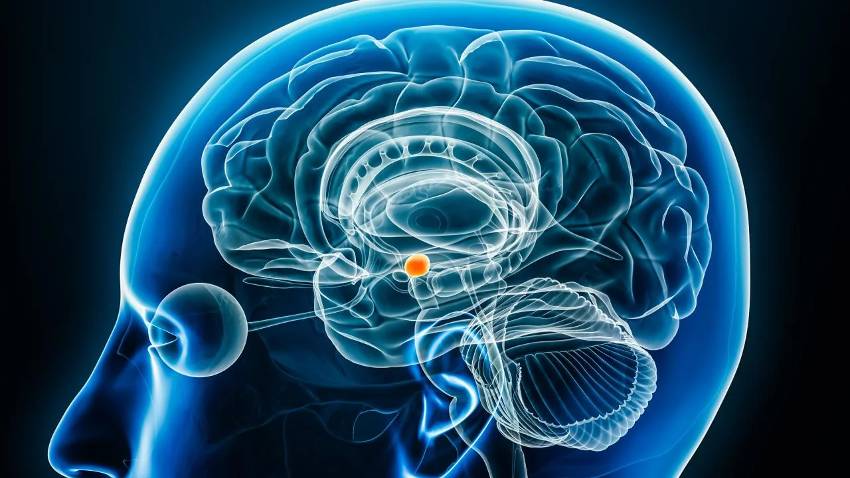Summary: UC Davis researchers have made a breakthrough in understanding the amygdala, the brain’s fear center, by identifying new clusters of cells with distinct gene patterns in humans and primates. This discovery, published in the American Journal of Psychiatry, could revolutionize treatment approaches for anxiety and related disorders by allowing more targeted therapeutic interventions.
Journal: American Journal of Psychiatry, October 30, 2024, DOI: 10.1176/appi.ajp.20230602
Reading time: 4 minutes
Beyond Size and Structure
For years, scientists have puzzled over the connection between the amygdala and emotional disorders. “The amygdala is central to emotion processing in the brain, and is known to contribute to fear and anxiety,” explains Drew Fox, associate professor at UC Davis Department of Psychology.
While researchers long believed that the size or structure of this brain region might predict emotional problems, recent evidence suggests a more complex picture. The overall dimensions of the amygdala don’t tell the whole story – the secret lies in its cellular makeup.
A Cellular Map of Fear
The research team used an advanced technique called single cell RNA sequencing to examine individual cells from human and rhesus macaque monkey brains. This method reveals which genes are active in each cell, allowing scientists to identify distinct cell types and their origins.
This detailed mapping led to an exciting discovery: a specific group of cells that express a gene called FOXP2. Located on the edges of the amygdala, these “gatekeeper” cells control signal traffic in and out of the region, potentially offering a new target for treatment.
From Discovery to Treatment
The implications for treatment are significant. The researchers found that these FOXP2-expressing cells contain both anxiety-related genes and a receptor that can be targeted by drugs, called Neuropeptide FF Receptor 2 (NPFFR2).
“Put simply, if we’re developing a drug to target the amygdala, we want to know which cell type we are targeting,” notes Fox. This precision could lead to more effective treatments for the millions affected by anxiety disorders.
Building Better Models
The study also revealed both similarities and differences between human and non-human primate amygdala cell types. This knowledge is crucial for translating research findings from animal studies to human treatments, potentially accelerating the development of new therapies.
Glossary
- Amygdala: A brain structure central to emotion processing, especially fear
- RNA sequencing: A technique that reveals which genes are active in cells
- FOXP2: A gene expressed in specific cells that control signal flow in the amygdala
- Intercalated cells: Cells located on the edges of the amygdala that act as “gatekeepers”
Quiz
- Q: What did researchers discover about the size of the amygdala?
A: The overall size and structure is not a good predictor of emotional problems - Q: What technique did researchers use to study individual cells?
A: Single cell RNA sequencing - Q: What is the name of the gene found in “gatekeeper” cells?
A: FOXP2 - Q: What type of receptor was identified as a potential drug target?
A: Neuropeptide FF Receptor 2 (NPFFR2)
Enjoy this story? Get our newsletter! https://scienceblog.substack.com/


